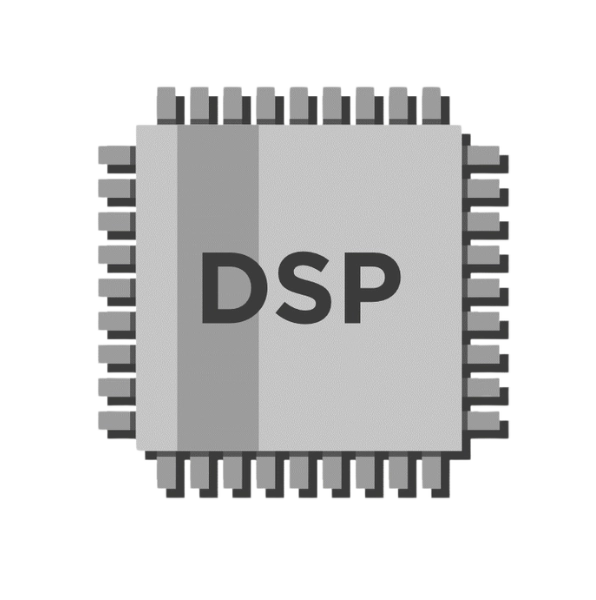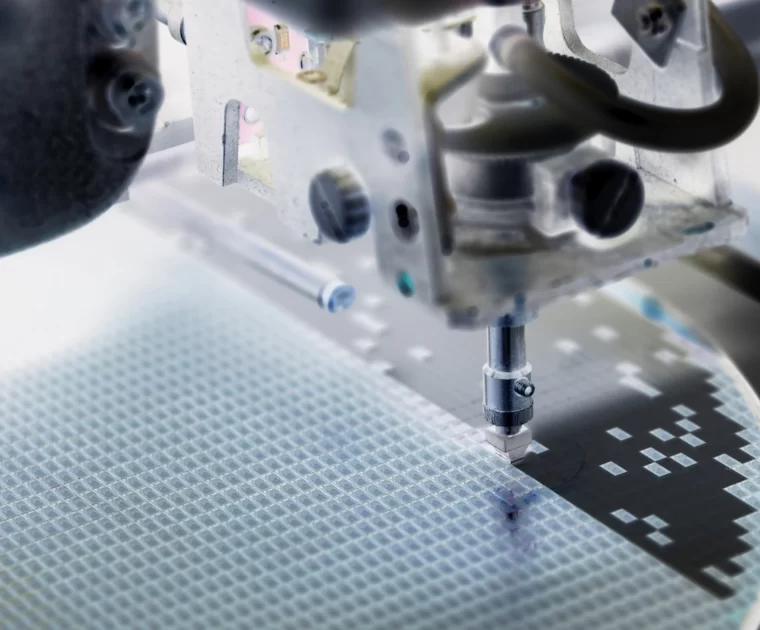Application Specific
Integrated Circuits (ASICs)
Coherent Digital Signal Processor (DSP) Merchant ICs
EFFECT Photonics will offer coherent DSPs that are expected to deliver the capacity and reach needed to meet the explosive demands for connectivity and bandwidth and enable cost-effective network upgrades over existing physical fiber infrastructure.
The first products will target 100G ZR and 100G ZR+ applications. The products will work within the popular QSFP28 optical module’s ultralow 5W power envelope and extend network reach well beyond 80km to support advanced application requirements. These products will target new buildouts and the imminent 10G upgrade cycle to 100G for service providers, 5G telecom and fixed-access operators.


Key Features
A transceiver for access networks must be able to handle harsh outdoor environments, so it needs to operate in the industrial temperature (I-temp) ranges. Every internal component of the transceiver—including the DSP—must also be I-temp compliant.
- Fit-For-Platform: By owning the laser, PIC, and DSP technology blocks, EFFECT Photonics can increase the integration among all three. There’s even potential to use DSP to directly control the active components of the indium phosphide (InP) platform.
- Energy Efficiency: The increased integration between DSP and photonics can shorten the RF interconnects within the device, reducing losses and power consumption.
- Performance: The DSP ASIC will be fine-tuned to the performance requirements of its specific application, from access networks to data center interconnects.
The Benefits of Co-Design
To improve energy efficiency, DSP ASICs must be adaptable and smart, using the least amount of energy to encode/decode information. You can learn more about this subject in one of our previous articles.
The interconnects with the optical engine are another area that can see further optimization. We discuss these improvements in our article about optoelectronic co-design.










